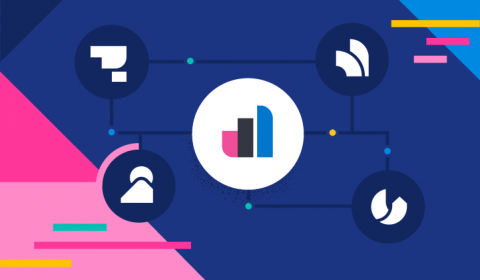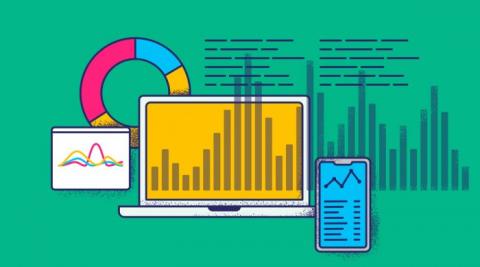How to Achieve Unified IT Observability Amidst the Global Pandemic
The concept of unified IT observability has gained newfound importance in today’s world of remote work, hybrid infrastructures, and technological convergence. In this video, Christina Kosmowski, President at LogicMonitor, shares five tips on how to power your business forward and achieve unified IT observability during uncertain times.











